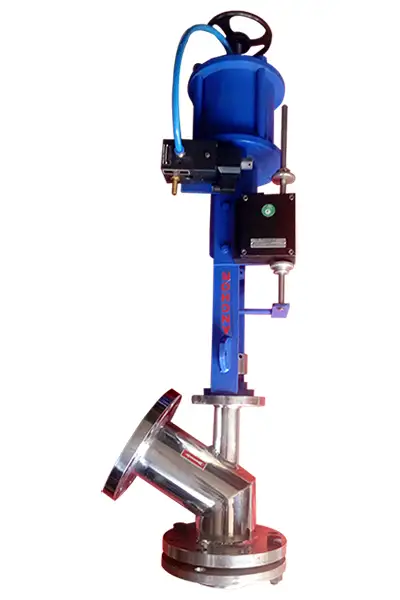Flush bottom valves are essential components in many industries, including oil and gas, chemical processing, and water treatment. They are used to drain vessels, tanks, or pipelines effectively, preventing the build-up of solids and ensuring smooth operations. However, like any mechanical system, flush bottom valves can encounter problems. Knowing how to troubleshoot common issues can save time and prevent costly repairs. Here are some common problems you might face with a flush bottom valve and how to fix them.
1. Valve Not Closing Properly
One of the most common issues with flush bottom valves is improper closure. When the valve fails to close completely, leakage can occur, leading to system inefficiencies and even safety risks.
Possible Causes:
-
Dirt or debris in the valve seat.
-
Worn-out sealing components.
-
Incorrect alignment of the valve mechanism.
Solution:
-
Clean the valve seat to remove any accumulated debris.
-
Inspect the sealing components and replace them if damaged.
-
Ensure that the valve mechanism is correctly aligned and lubricated for smooth operation.
2. Leakage Around the Valve
Another frequent problem is leakage around the flush bottom valve, which can compromise the integrity of the system.
Possible Causes:
-
Worn-out seals or gaskets.
-
High pressure or temperature conditions beyond the valve’s design limits.
-
Corrosion or erosion of valve parts.
Solution:
-
Inspect and replace any damaged seals or gaskets.
-
Verify that the pressure and temperature levels are within the specifications of the flush bottom valve.
-
Regularly check for signs of corrosion or erosion and replace worn parts before they lead to leaks.
3. Valve Fails to Open
Sometimes, the valve may not open at all, preventing proper draining of liquids or solids.
Possible Causes:
-
Blockages in the valve or pipeline.
-
Malfunctioning actuator or control system.
-
Insufficient power or pressure to operate the valve.
Solution:
-
Inspect the valve and pipeline for blockages. Clean any obstructions carefully.
-
Check the actuator and control system to ensure proper operation and replace faulty components.
-
Ensure the system has sufficient power or pressure to operate the valve.
4. Slow Valve Response
If the flush bottom valve is responding slower than usual, it can delay operations and lead to inefficiencies.
Possible Causes:
-
Valve parts may be worn or damaged.
-
The actuator may be malfunctioning.
-
Inadequate lubrication or maintenance.
Solution:
-
Inspect the valve for wear and tear. Replace any damaged components as needed.
-
Test the actuator for proper functioning and replace it if necessary.
-
Perform regular maintenance, including lubrication of moving parts, to ensure smooth valve operation.
5. Erratic Valve Operation
In some cases, the valve may open and close erratically, leading to unstable system behavior.
Possible Causes:
-
Issues with the control system or valve actuator.
-
Pressure fluctuations or system instability.
-
Contaminants affecting valve movement.
Solution:
-
Check the control system for any irregularities or malfunctions.
-
Stabilize the system’s pressure and flow to ensure smooth valve operation.
-
Clean the valve and remove any contaminants that could be hindering proper function.
Conclusion
Maintaining a flush bottom valve is key to ensuring smooth and efficient operations. By regularly inspecting and addressing common issues such as improper closure, leakage, slow response, and erratic operation, you can extend the lifespan of the valve and avoid costly downtime. Always follow the manufacturer’s maintenance guidelines and replace worn components promptly to keep your flush bottom valve working at its best.



